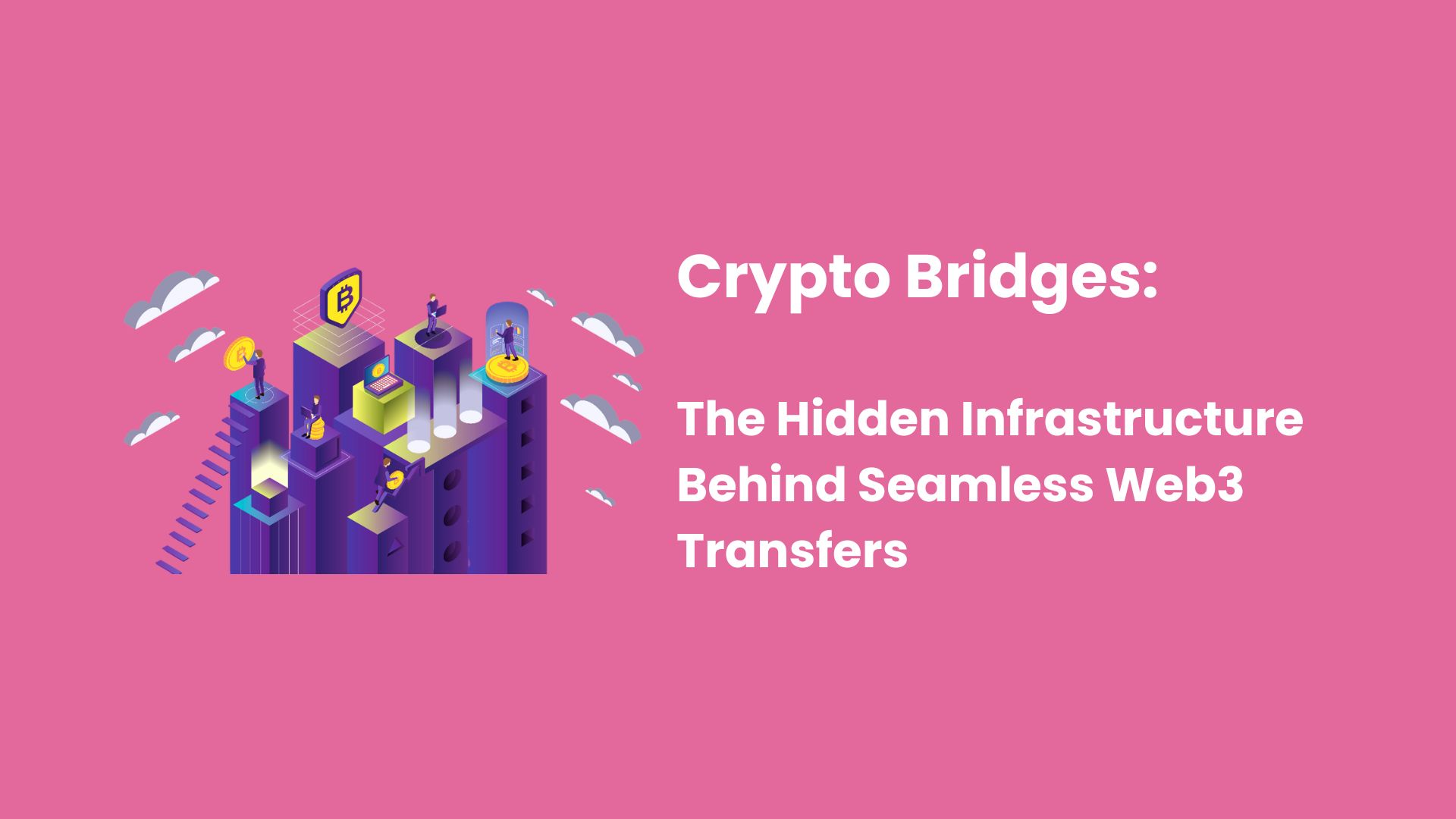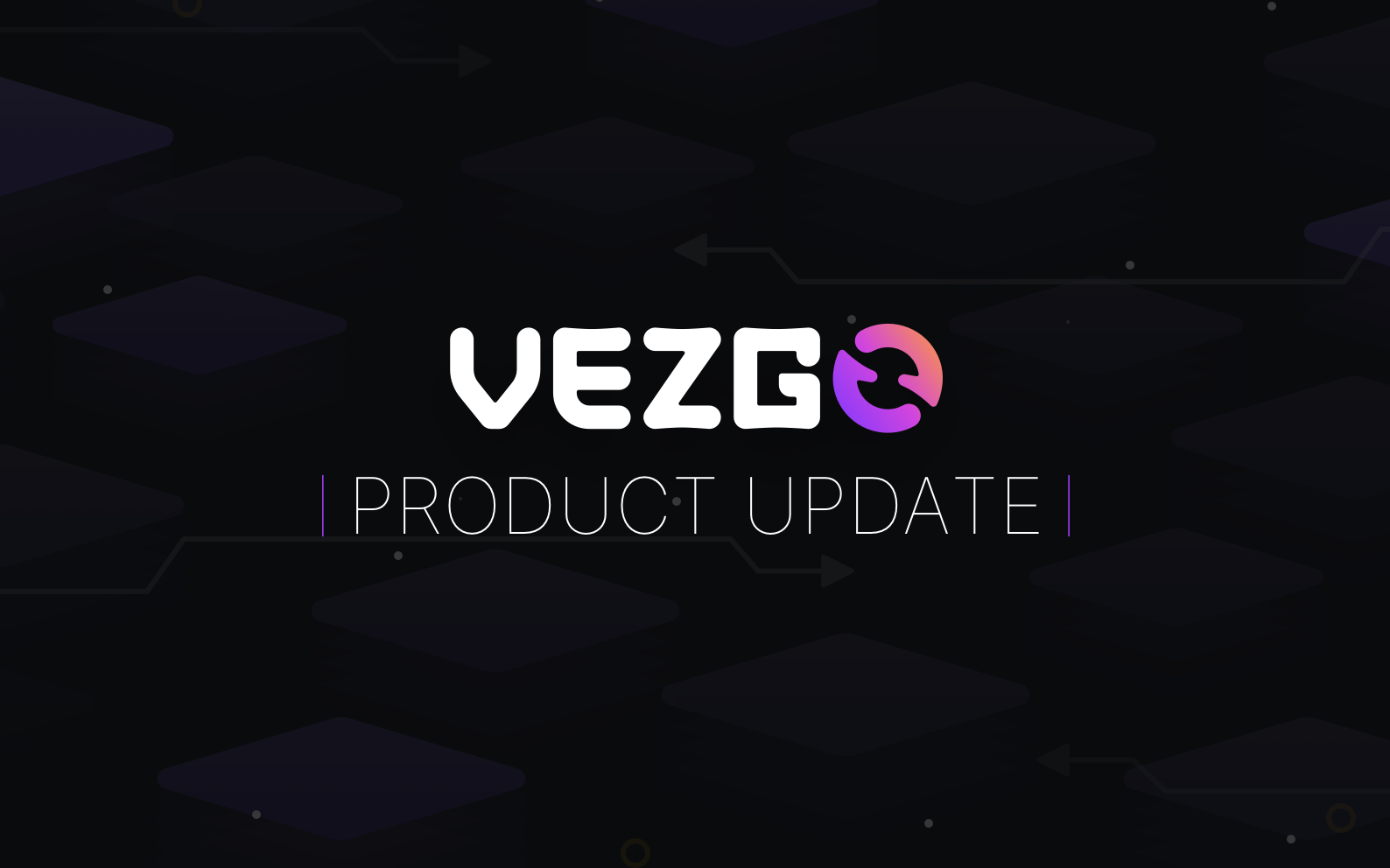
Blockchain networks were never designed to speak to each other. Each chain emerged with its own rules, token standards, and validation processes. Bitcoin, Ethereum, Solana, Avalanche, and others operate in silos, forming isolated ecosystems of value. The demand for cross-chain interoperability began to rise as decentralized finance (DeFi), non-fungible tokens (NFTs), and multi-chain applications expanded. That demand gave birth to a powerful solution: crypto bridges.
Crypto bridges are platforms that facilitate the transfer of assets and data between independent blockchains. You cannot send Ether directly to a Bitcoin address and expect a result. But with a crypto bridge, you can lock your Ether on Ethereum, mint a representative token on another chain, and use it across that new chain’s ecosystem. It’s an essential function for Web3. As cross-chain use cases continue to grow, so does the importance of crypto bridges.
The Core Function of Crypto Bridges
At the heart of crypto bridges lies a simple purpose: enabling interoperability. Most bridges work using a lock-and-mint or burn-and-release mechanism. For example, when you want to move USDC from Ethereum to BNB Chain, the bridge locks your USDC in a smart contract on Ethereum. Then it mints an equivalent amount of wrapped USDC on BNB Chain. This wrapped version acts as a proxy of the original asset.
The reverse happens when you want to move back. The bridge burns the wrapped token on BNB Chain and releases the original asset back on Ethereum. These mechanisms rely on smart contracts, oracles, or external validators to ensure the process stays secure and synchronized across chains.
This model allows developers and users to tap into new DeFi markets, avoid high gas fees, and interact with unique dApps spread across different chains. Some popular examples of crypto bridges include Wormhole, Multichain (formerly Anyswap), LayerZero, and Hop Protocol. These bridges facilitate billions of dollars in transactions, serving as the rails on which assets travel across decentralized systems.
Types of Crypto Bridges
Crypto bridges vary based on how they validate transactions. The two major categories are trusted and trustless bridges.
Trusted bridges rely on a central entity or group to verify and manage cross-chain transfers. This entity could be a company, consortium, or group of node operators. Because a trusted party handles validations, these bridges tend to be fast and simple but introduce a single point of failure.
Trustless bridges, on the other hand, utilize smart contracts and algorithms to automate the validation process. Instead of trusting a central authority, you rely on the underlying blockchain code. While trustless bridges often require more sophisticated implementation, they offer better decentralization and security.
Some bridges are specific to two chains, such as the Binance Bridge or Polygon Bridge. Others, like Wormhole and LayerZero, support multi-chain interactions. As you explore the technical differences between bridges, you begin to notice how important it is to learn blockchain development to grasp the architecture behind each design.
Are Crypto Bridges Secure? Common Risks and How They Are Managed
Crypto bridges have become a common target for exploits. Some of the biggest crypto heists in history happened due to bridge vulnerabilities. Ronin Bridge lost over $600 million. Wormhole lost $320 million. The problem often stems from bugs in smart contracts, poor validation processes, or compromised multisig wallets.
You must understand that every time assets move across chains, risk multiplies. Each bridge adds complexity and a new attack surface. A bridge might rely on external validators who, if compromised, can steal the funds. If a bug exists in the contract locking tokens, attackers can bypass the system altogether.
This has led to increased scrutiny and a push toward better security practices. Auditing, decentralization of validators, bug bounties, and insurance mechanisms are all becoming standard features in modern bridges. Still, security remains a work in progress, and bridging assets carries inherent risk. It’s no surprise that security remains one of the key features to consider when building a crypto tax API, as cross-chain tracking can become complicated.
Why Cross-Chain Interoperability Depends on Crypto Bridges
As more chains emerge with unique capabilities, the need for interoperability grows. Ethereum offers robust smart contract functionality, Solana brings high throughput, and Avalanche supports rapid finality. But no chain solves everything. Users want to move assets to take advantage of cheaper fees, faster transactions, or unique dApps.
Crypto bridges enable that fluidity. A user with assets on Ethereum can move them to Arbitrum to yield farm at lower costs. An NFT minted on Polygon can be bridged to Ethereum for sale on OpenSea. A developer can deploy a dApp across chains and use bridges to synchronize user balances.
Without bridges, Web3 would look like disconnected islands. Crypto bridges power the highways between them. They enable you to build portfolio trackers with crypto balance APIs that function across chains, providing users with a unified view of their holdings, regardless of where their assets are located.
Top Crypto Bridges and Technologies Powering Cross-Chain Transfers
Different bridges use different technologies and mechanisms. Here are some of the most popular:
- Wormhole: A multi-chain messaging protocol initially built to support Solana and Ethereum. It now supports dozens of chains. Wormhole utilizes a group of validators known as guardians, who sign messages and verify events on-chain.
- LayerZero: This bridge acts more like a messaging protocol than a bridge. It enables smart contracts on different chains to communicate with each other through on-chain endpoints, off-chain relayers, and oracles.
- Hop Protocol: Focused on Ethereum Layer 2s, such as Arbitrum and Optimism, Hop provides fast bridging through liquidity pools on both chains.
- Multichain: Known for its vast network support, Multichain allows seamless asset transfers across over 80 blockchains. It works through a decentralized group of SMPC nodes.
When exploring bridge ecosystems, it is helpful to understand the distinction between SDKs and APIs. APIs offer a straightforward way to interact with bridge platforms, enabling applications to send and receive data. SDKs provide more comprehensive tooling, including libraries and utilities that simplify complex interactions. Each bridge may offer both, depending on the developer’s needs.
Use Cases of Crypto Bridges
- Cross-chain DeFi: A user might move assets from Ethereum to Polygon to interact with cheaper yield farms.
- NFT Portability: Artists mint NFTs on low-fee chains like Polygon but move them to Ethereum for broader exposure.
- Token Arbitrage: Traders bridge tokens between blockchain networks to profit from price discrepancies.
- Interoperable dApps: Developers can create applications that interact with multiple chains through bridges.
- DAO Governance: Bridged tokens give users voting power across ecosystems where the original token doesn’t exist.
As users grow more active across chains, developers must adapt. You cannot build a reliable dApp or tax tool today without understanding how to monitor bridged assets. That’s where knowing how to use read APIs and write APIs becomes a technical necessity. You need to track token movements, user transactions, and balances across chains, which can only be done using a robust API design.
How Crypto Bridges Improve User Experience Across Chains
Most users are not concerned with technical details. They want fast, cheap, and secure transfers. A bridge that takes minutes instead of seconds, or fails mid-process, leads to frustration. Today’s best bridges offer intuitive interfaces, clear cost breakdowns, and real-time transfer status updates.
Wallet support is also critical. If MetaMask supports direct bridging from the interface, adoption increases. The user shouldn’t need to understand the underlying contract logic or transaction routing. Instead, the bridge should abstract away the complexity. It’s the same expectation users have when managing their assets with platforms like Vezgo.
Privacy and control also matter. No one wants to compromise their private key and seed phrase in an insecure bridge dApp. The best bridges are non-custodial, preserving user autonomy throughout the transfer process.
Bridging will only grow in importance as more chains emerge and specialized L2s roll out. Modular blockchains, app-specific chains, and zero-knowledge rollups all benefit from bridges that unify ecosystems.
What the Future Holds for Crypto Bridges
Bridges will evolve beyond token transfer. Future bridges will become data routers, enabling smart contracts on one chain to trigger actions on another. For instance, a smart contract on Ethereum could control a token vault on Avalanche without moving assets. These types of cross-chain smart contracts are already being explored through protocols such as LayerZero and Axelar.
Cross-chain liquidity is another frontier. Bridges might pool liquidity from multiple chains and offer unified trading experiences. Instead of swapping ETH for USDC on Ethereum, you may consider bridging it to BNB Chain and trading it at more favorable rates. That kind of optimization adds enormous value to users and developers.
We’re also seeing new approaches to security. Some bridges utilize optimistic models, allowing users to dispute fraudulent transactions. Others lean into zero-knowledge proofs to validate cross-chain state. Each evolution moves us closer to a truly connected multi-chain world.
From a developer’s standpoint, tools that simplify bridging integrations are in high demand. That’s why platforms like Vezgo thrive. They abstract complexity through a single API. Developers no longer need to integrate with each bridge manually or track tokens across dozens of sources. Instead, they can tap into a universal data pipeline that handles asset tracking from end to end.
If you ever plan to build apps that track balances or transactions across chains, you will need to understand how bridges affect asset origin and identity. Bridged tokens can have different contract addresses, liquidity properties, or even names on various chains. Accounting for this is critical, especially when designing apps around token portfolios or tax compliance.
Conclusion: Bridges Are Infrastructure, Not Optional Add-ons
Crypto bridges may seem like behind-the-scenes plumbing, but they are vital to the future of Web3. They allow chains to cooperate, assets to move freely, and dApps to become multi-chain by design. From simple token transfers to complex cross-chain logic, bridges are becoming the backbone of decentralized applications.
Security, usability, and interoperability will shape the next generation of bridges. Developers building in this space must pay close attention to the details. When designing your next app, tracking wallet balances, or analyzing token flows, consider how bridges influence everything from user assets to on-chain behavior.
And if you are building the next great DeFi dashboard, remember: every cross-chain movement creates a new data point. The best tools to track those are purpose-built APIs. To support a global audience of multi-chain users, think big. Embrace the complexity. Rely on Vezgo to turn that complexity into clarity. This is the future of crypto bridges: invisible, powerful, and essential.
Simplify Cross-Chain Tracking with Vezgo
As the blockchain space expands across dozens of chains and Layer 2 networks, tracking user assets has become more complicated than ever. Building an app that supports cross-chain tokens, transactions, and wallet balances often means maintaining separate integrations for each platform and manually accounting for differences in wrapped tokens, bridge activity, and multiple blockchain standards. Vezgo removes that burden completely. It offers a unified way to fetch balance, transaction, and position data across all major centralized exchanges, blockchains, and wallets, so your app delivers a seamless experience without losing accuracy.
Vezgo is built for developers who want to stay ahead without adding unnecessary complexity to their workflows. Instead of spending weeks creating and maintaining bridge-specific logic, you can connect once and support every major ecosystem. You gain a consistent data model, reliable updates, and complete visibility into your users’ crypto holdings, no matter where they store their assets. If you are building apps for portfolio tracking, reporting, or tax compliance, Vezgo helps you deliver innovative features with fewer resources. Get started today and create your next product on solid, scalable infrastructure.





Leave a Reply